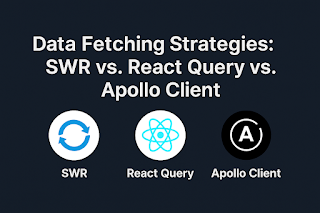Event-Driven Architecture & Message Queues: Kafka, RabbitMQ Explained
In today's fast-paced, data-rich applications, Event-Driven Architecture (EDA) offers a scalable and decoupled way to handle events as they occur across distributed systems.
What is Event-Driven Architecture (EDA)? EDA revolves around the production, detection, and reaction to events. Instead of request/response cycles, systems emit events and others subscribe or react to them asynchronously.
Core Components
Producer: Sends or emits events.
Event Broker (Queue): Middleware that routes and stores events.
Consumer: Listens and reacts to the events.
Why EDA?
Loose coupling
Improved scalability
Real-time processing
Better fault tolerance
Popular Message Queues
1. Apache Kafka
High throughput
Distributed, partitioned, replicated commit log
Ideal for event streaming and analytics
2. RabbitMQ
Easy to use
Strong support for routing via exchange types
Ideal for transactional workflows and lightweight messaging
Kafka vs. RabbitMQ: Quick Comparison
Use Cases
Microservices communication
Real-time analytics
Event sourcing
IoT systems
Asynchronous APIs
Final Thoughts
If your system requires high throughput and event streaming, go for Kafka. If your app needs reliable queuing and task management, RabbitMQ shines.
Have you used Kafka or RabbitMQ in your projects? What challenges did you face?
#EventDrivenArchitecture #ApacheKafka #RabbitMQ #Microservices #MessageQueues #RealTimeApps #BackendArchitecture #SoftwareEngineering #SystemDesign #CloudComputing




Comments
Post a Comment